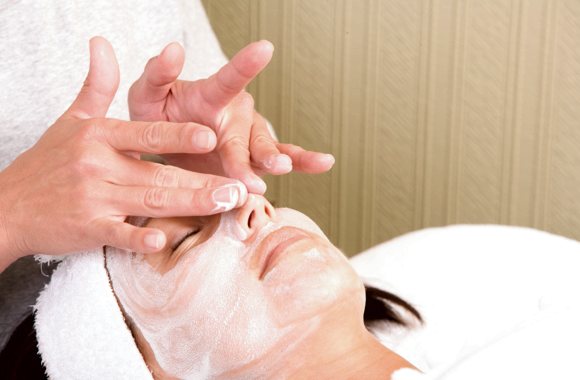At first glance, there isn’t much of a difference between an esthetician and an aesthetician. Both professionals are licensed skin specialists, and aside from the obvious spelling variation, there doesn’t seem to be a huge difference. Estheticians tend to work at spas or salon and aestheticians will typically serve in a medical environment. The short point is this: it can get confusing. Both names sound alike, both professions work with similar goals in mind. However, there is still a very large difference between the two.
Conventional estheticians, also known as skin care specialists, evaluate skin for problems. They offer solutions through products and performances that include skin cleansing through exfoliation; massage; facials; aromatherapy; and temporary hair removal. Their main focus as experts is to maintain and improve a healthy epidermis. They may be licensed in hair removal and electrology. Estheticians are also educated in various makeup applications (some of which are actually permenant). They also often work under a dermatologist’s supervision and treat skin issues that are typically cosmetic in nature. This can include acne and aging skin. They can be found working in salons, spas, and resorts in addition to a dermatologist’s office.
Aestheticians, also referred to as medical or clinical aestheticians, predominantly work with individuals with health-related issues. This consists of burn victims, cancer patients, and those with deep scarification. Depending on the severity of the burn, burn victims especially may need to undergo intensive skin repair. They help patients properly cleanse and moisturize their skin, as well as pick and apply the appropriate makeup for injuries. Medical aestheticians work in hospitals, burn units, and reconstructive surgery centers.

Estheticians and aestheticians must have formal training in esthetician training or cosmetology, and obtain a license in order to practice. It’s clear that aestheticians work with patients suffering a number of skin-care issues while estheticians tend to help more with preventative maintenance and beautification.
Here’s a summary of what we’ve covered so far:
- Both are licensed to practice skin care on people.
- Estheticians can be called traditional skin care specialists while an aesthetician is labeled a clinical or paramedical aesthetician and often work under the supervision of a dermatologist.
- The biggest difference is their work setting and clientele. While both occupations work with skin care, they are handling patients with different kinds of skin issues. Some far more serious than others.
- Both of these fields of practice analyze and treat the skin according to the problem at hand.They are professionals, afterall.
- Becoming a licensed skin care specialist requires you to complete a degree or program – formal training is required for both occupations.
Both of these practices stems from the practice of Cosmetology. Stemming from its greek origins, cosmetology is the study and application of beauty treatment. There are a variety of types of cosmetology. While many may focus on the beautification of individuals without any kind of dermatological damage, both aestheticians and estheticians are types of cosmetology that work to either heal the epidermis or protect it against harms.
This article was written by Mark Stesnel. Mark is a wealth of knowledge and loves to share information whenever and wherever possible.










Comments are closed.